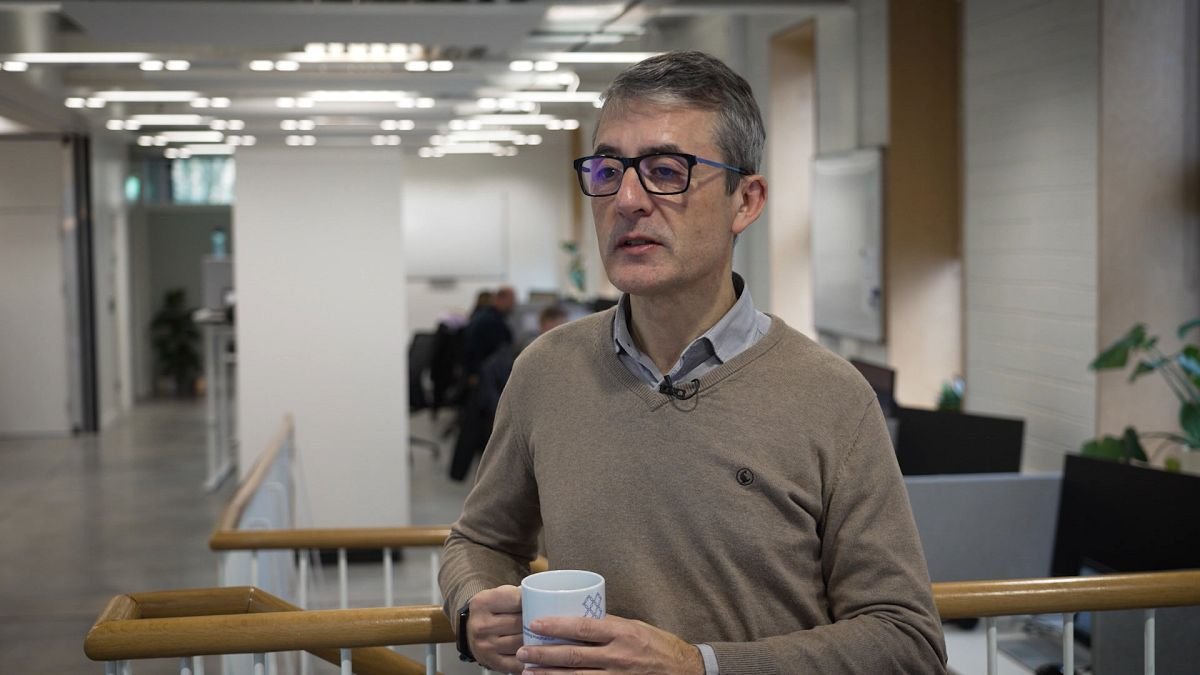How to identify the needs of a community and calculate the profits – not only economic – that a given project generates? The SEROI+ method meets these requirements.
Directly involving stakeholders (citizens, companies…) in a project and not being limited to calculating only economic returns. This is the objective of SEROI+, a revolutionary methodology devised within the European project ERUDITE and codified so that it can also be used in other areas.
SEROI stands for “Social and Economic Return on Investment.” Programme manager José Manuel San Emeterio explains: “Interventions are not only analysed from a financial, monetary point of view, but social and environmental values are also considered. When carrying out public interventions, the social and environmental dimensions are also very important.”
The Buncrana example
José takes as an example the Inishowen Innovation hub in Buncrana, County Donegal, a local initiative set up as part of the European ERUDITE project. A hub that, José says, “will obviously have a return on investment due to the economic activity of the companies that set up shop here, but it can also have an environmental aspect, thanks to these people not having to go to work all the way to Letterkenny, the main town in the area. This also means saving CO2 emissions. And finally, there is a social aspect of community building, families staying in their local area, consuming in local businesses. So we analyse that part which considers not only the monetary part, but also these values.”
A little big +
And then there is the SEROI+. That + stands for ‘Open Innovation’. In concrete terms, José explains, “We work with our stakeholder from the very beginning of the project. We are not the ones analysing the case alone, but we also involve people who know what the values might be and consult them on the possible impact of a certain intervention, and also to get more information on the needs of the community, and then direct the intervention to fit those needs.”
A true bottom-up methodology, in which the people to whom the project is addressed decide which aspects to address and how to judge its performance.





